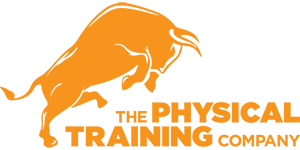Warm Up Movements for Getting Back Into the Gym
Embracing a New Beginning
Embarking on a fitness journey after a long hiatus can be both exhilarating and daunting. The key to a successful re-entry lies in understanding the importance of proper warm-up routines. The right movement drill not only preps your body for the challenges ahead but also minimizes the risk of injury, a concern particularly relevant for those who are getting back into the groove after a long break.
The Science of Muscle Memory and Reawakening Dormant Muscles
Muscle memory plays a pivotal role when reinitiating physical activities. Studies suggest that muscles retain a memory of former strength training, making it easier to regain lost muscle mass and strength (Source: Ogasawara et al., 2013, Journal of Applied Physiology). This phenomenon is a beacon of hope for returning athletes, as it implies that the body has not forgotten its previously learned physical skills.
Activating the Lower Body: A Blend of Strength and Flexibility
The initial segment of the warm-up targets the lower body, focusing on exercises like high knees walking forward and heel flicks. These movements engage the quadriceps, hamstrings, and calves, enhancing blood flow and flexibility in these areas. According to the American Council on Exercise, such dynamic warm-ups increase muscle temperature and reduce stiffness, which is crucial for preventing lower body injuries (Source: ACE Fitness).
Lateral Movements: Enhancing Agility and Stability
Incorporating lateral movements like sidesteps and crossover steps is instrumental in activating the often-neglected side muscles of the legs, namely the abductors and adductors. This not only aids in developing balance but also contributes to overall agility, a critical aspect for returning athletes as per the National Strength and Conditioning Association (Source: NSCA).
Core Engagement and Upper Body Mobility: A Harmonious Connection
The warm-up seamlessly transitions into exercises that engage the core and upper body. The inclusion of lunges with a twist and standing knee rotations not only works the major leg muscles but also the core and the spinal muscles. This holistic approach is supported by research indicating the importance of core strength in overall athletic performance (Source: Willardson, J.M., 2007, Strength and Conditioning Journal).
Great for When Your Travelling
Bookmark this page and come back to it for when you travel and need to remember a great warm up for your hotel gym!

